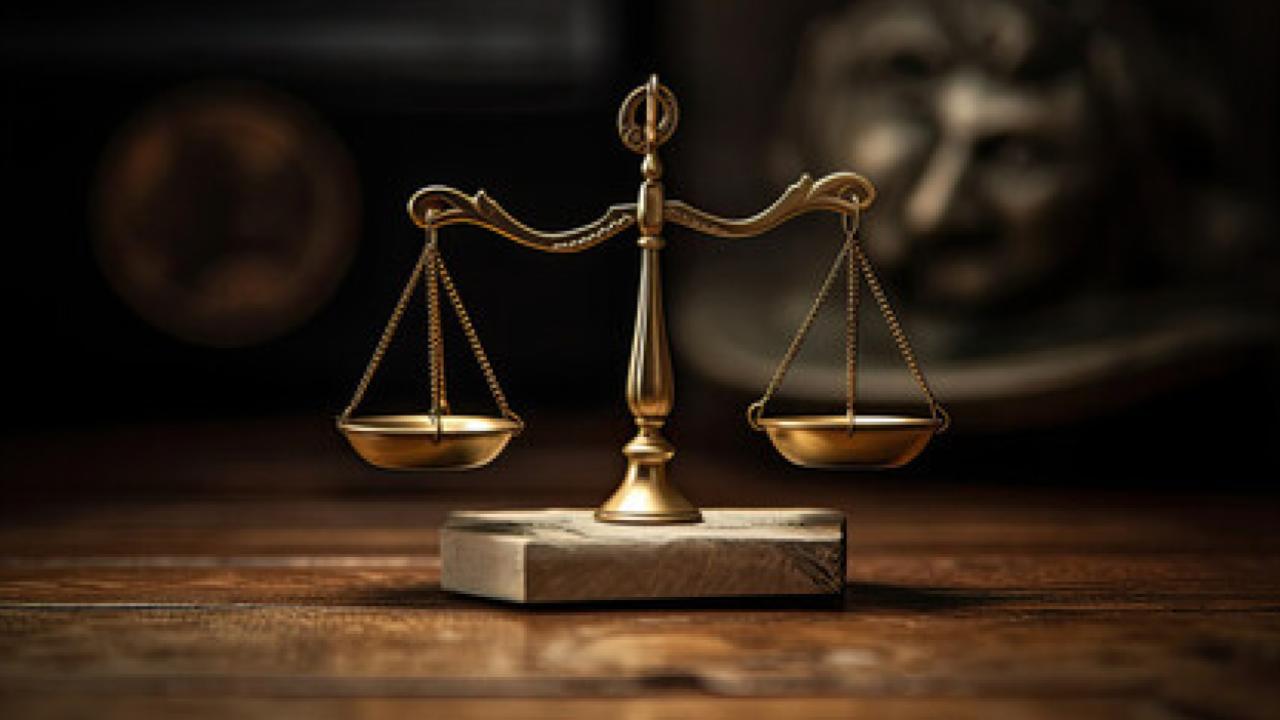https://www.youtube.com/watch?v=_xxiIejOmSo
How did the Supreme Court’s 2010 Citizens United decision change political campaigns in America? In 2012, FRONTLINE and APM’s Marketplace investigated how the controversial ruling was playing out in Montana, an epicenter of the campaign finance debate. (Aired 2012).
As this documentary, “Big Sky, Big Money,” explored, the Citizens United decision held that political spending is a form of protected speech, and let corporations and unions spend unlimited amounts of money in campaigns. But to avoid corruption, the court said the money can’t go directly to candidates; it has to go to independent outside groups.
What did that mean in reality? As the 2012 election loomed, correspondent Kai Ryssdal traveled to Montana, then a battleground over campaign finance, and uncovered startling new evidence of outside interest groups’ influence on local campaigns. The documentary raised questions about how secret “dark money” was transforming U.S. politics, looked at a boom in ads made by tax-exempt nonprofits known as 501(c)(4)s — which generally weren’t required to disclose their donors publicly — and probed evidence that appeared to show possible coordination with campaigns.
“Big Sky, Big Money” is a FRONTLINE production with American Public Media’s Marketplace in association with American University’s School of Communications Investigative Reporting Workshop. The writer, producer and director is Rick Young. The correspondent is Kai Ryssdal.






